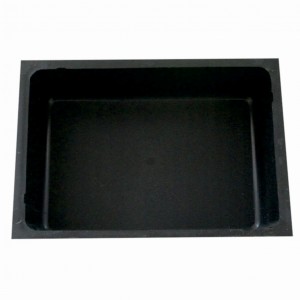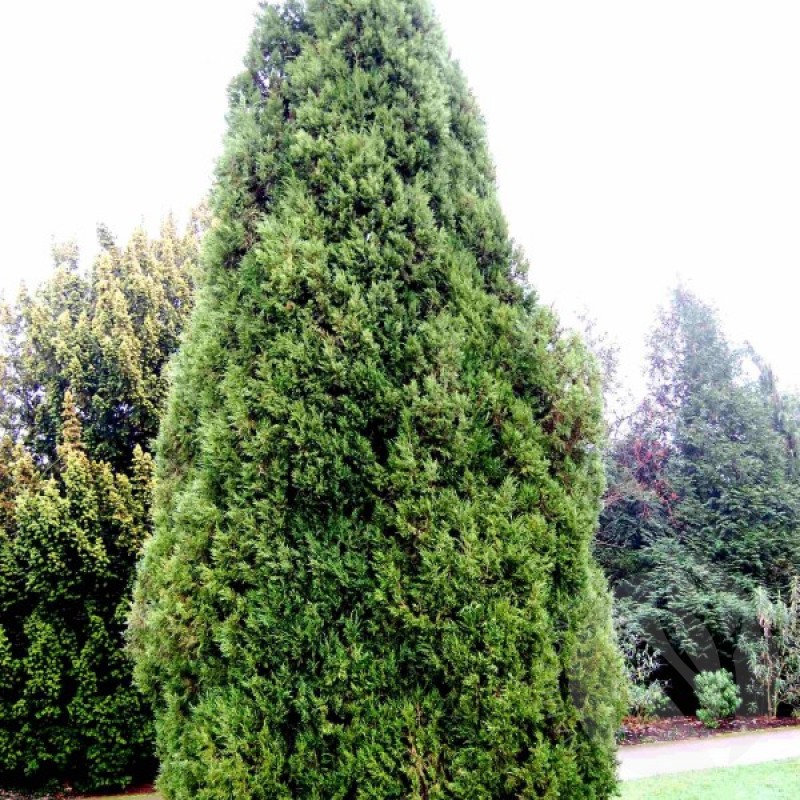
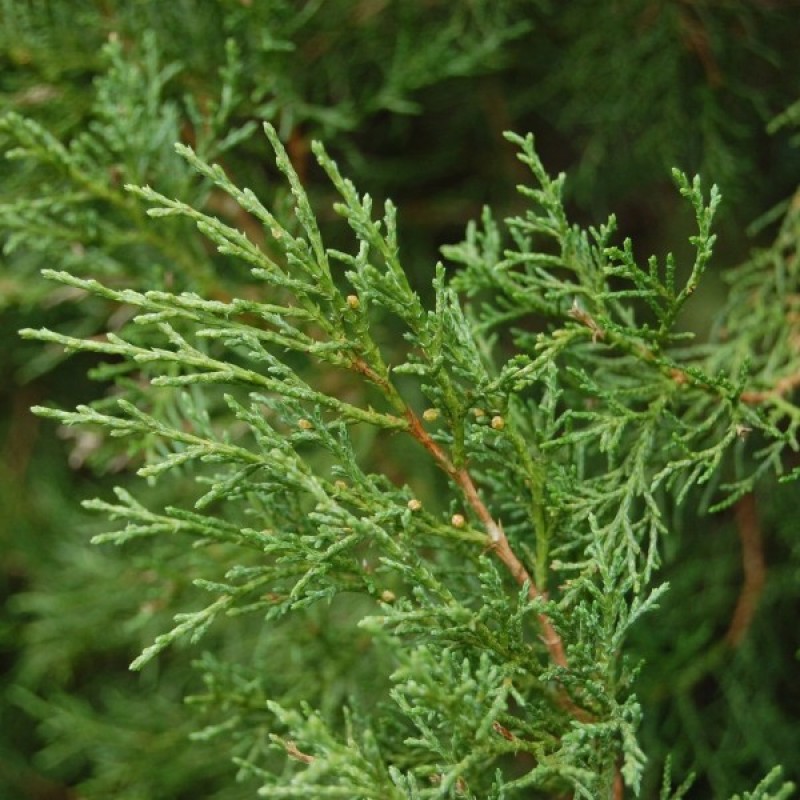
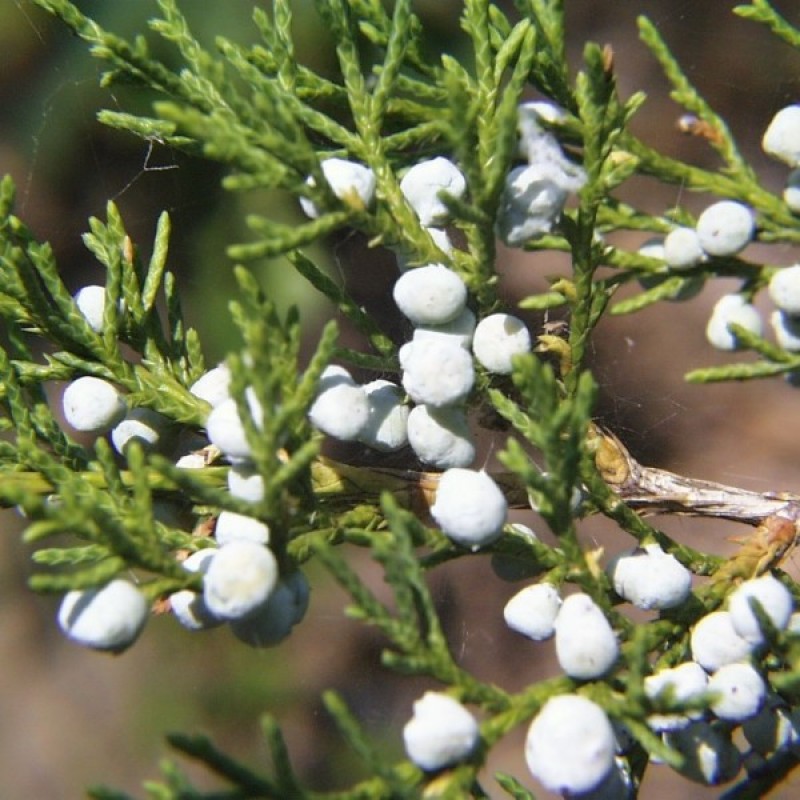
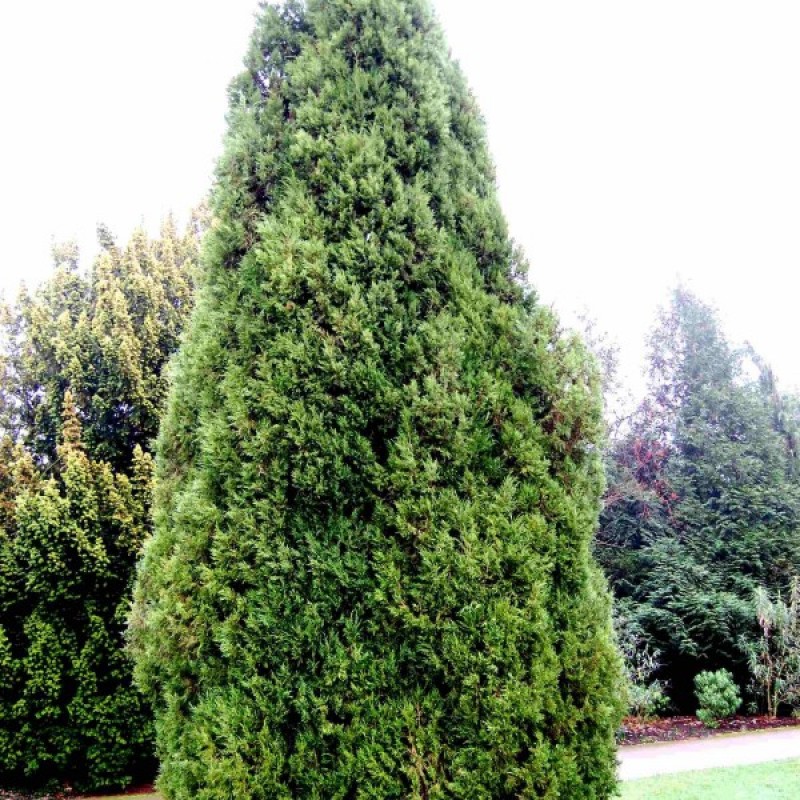
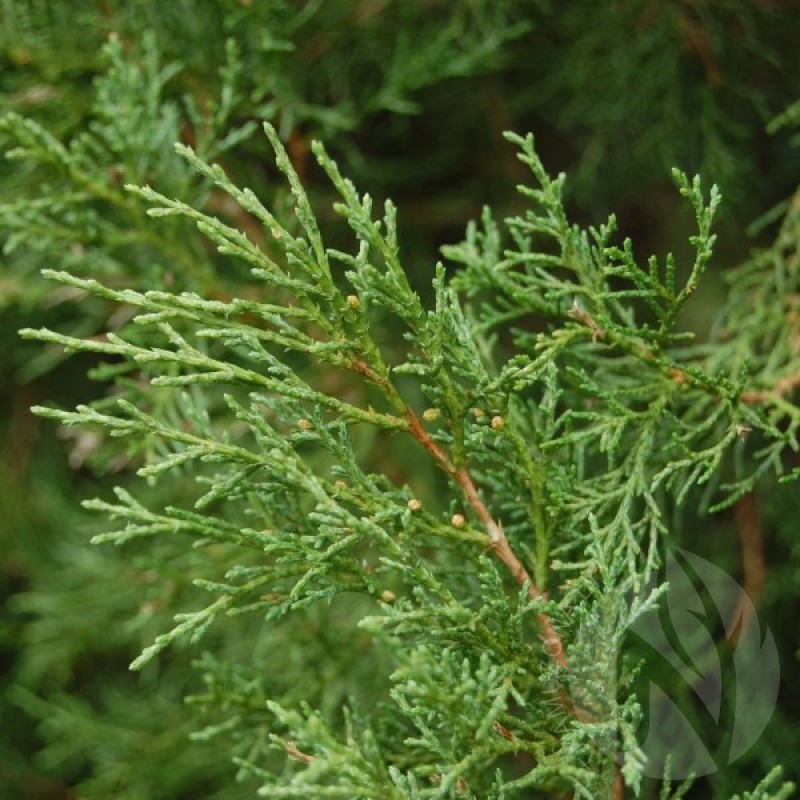
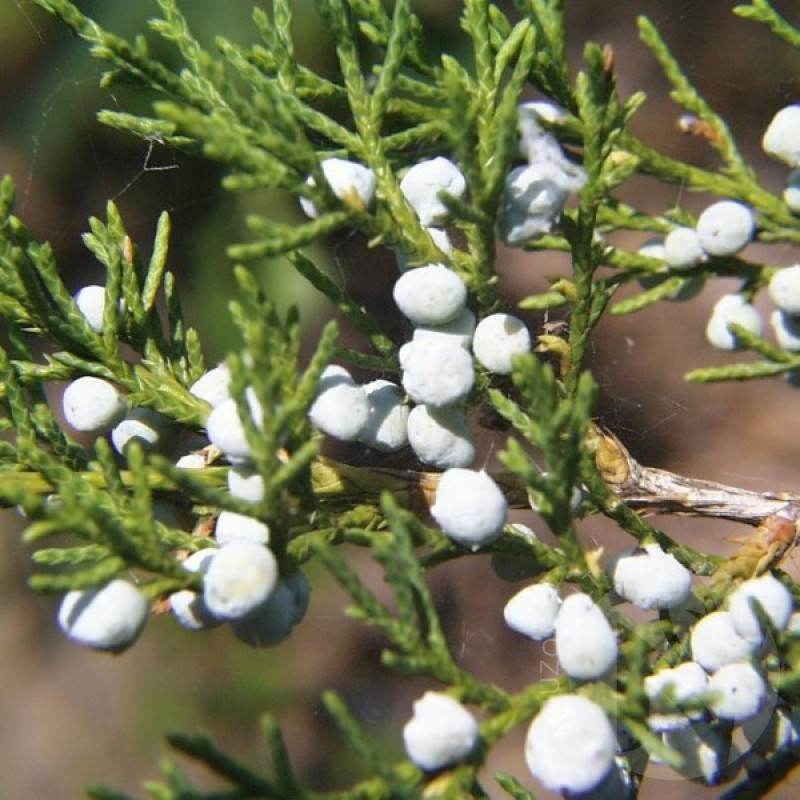
PAY ATTENTION!
All seeds (except SOLD OUT) are available for immediate shipping and will be dispatched within 1-2 business days.
INFORMATION NEEDED? PLEASE CONTACT US NOW!
The deep green towers and pyramids of Eastern Red Cedar are an enduring and widespread presence in abandoned fields and open roadsides all across eastern North America. Appearing in a variety of shapes and sizes, it tends to grow in large colonies, and most commonly forms either a tall, narrow spire or broadly conical tree. It grows slowly to moderately fast depending on soil and climate, and may eventually become a sizeable tree, potentially living for hundreds of years. Its aromatic, scale-like, evergreen foliage is dense, lush, and prickly to the touch, and may develop bronze tones in the cold temperatures of winter. Mature specimens develop sturdy, fluted trunks with appealing, silvery-brown bark which peels off in long, papery shreds. The fragrant, red-colored wood has long been prized for its beauty and resistance to decay. Female plants bear large quantities of small, blue, berry-like cones which are an important source of winter food for many birds.
This hardy, adaptable evergreen requires full sun and well-drained soil of low to moderate fertility. It is highly tolerant of drought, heat, cold, and poor, rocky soils, but cannot tolerate soggy conditions or standing water. An excellent wildlife plant, eastern red cedar is beautiful whether planted as a specimen, screen or windbreak. Numerous cultivars exist, all of which are attractive, versatile, low-maintenance additions to the landscape. (source: learn2grow.com)
Genus - Juniperus
Species - Virginiana
Common name - Eastern Red Cedar
Pre-Treatment - Required
Hardiness zones - 3 - 9
Height - 50'-100' / 15 - 30 m
Spread - 15'-25' / 4.60 - 8 m
Plant type - Medium Tree
Vegetation type - Evergreen
Exposure - Full Sun, Partial Sun
Growth rate - Medium
Soil PH - Acidic, Neutral, Alkaline
Soil type - Clay, laom, Sand, well drained
Water requirements - Drought tolerant, average water
Landscape uses - Feature Plant, Foundation, Mixed Border, Screening / Wind Break, Shade Trees, Street Trees
Leaf / Flower color - Dark Green / --
GERMINATION INSTRUCTIONS
1. Place your juniper seeds in a plastic container of water and leave them to soak for at least 12 hours.
2. Mix with moist vermiculite or clean sand and place into the ziplock bag.
3. Keep the bag at a temperature of +2-+4C (39F) for 3 months and then transfer them to a room with a temperature of +20C (70F). This process is termed stratification and the seeds will begin to germinate at this warmer temperature.
4. Keep the seedlings in a shaded area for the first year of their lives. (Info source: eHow.com)
Atsiliepimų apie šią prekę kol kas nėra.
No questions about this product.







